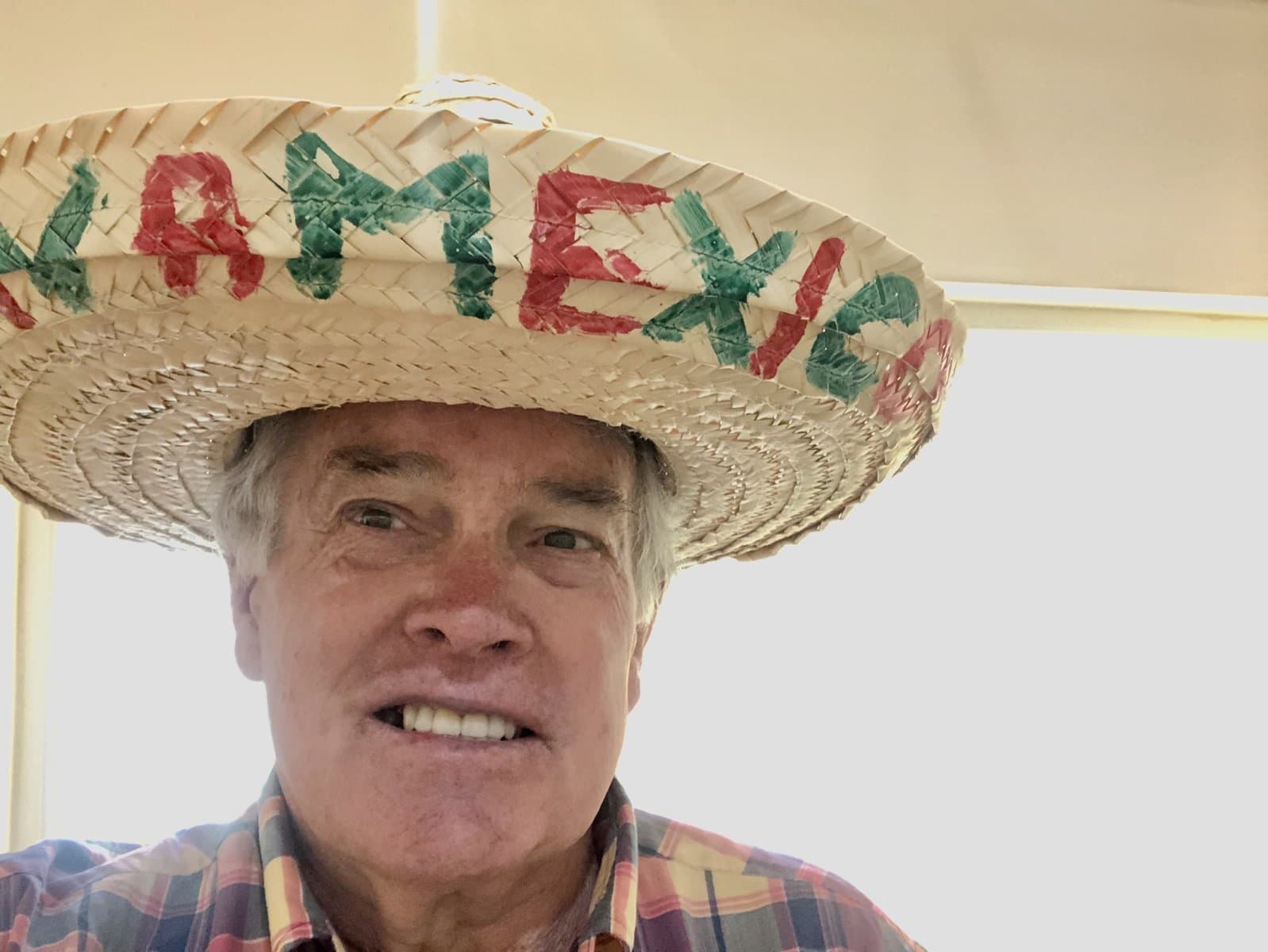St. Augustine, it is said, wisely wrote, “The world is a book. The person who does not travel reads only one page.”
Travelling is a great teacher, and my recent 19-day dental trip to Mexico became a valuable and spontaneous opportunity to mitigate my long-held ignorance about that country and its people.
I had lots of time to read and to be reminded how little I know.
Despite my 14 years in the retail travel business, and so many adventurous trips to many parts of our world, I had always avoided going to Mexico, mainly due to real and perceived problems with “the water.”
Too many stories of gastrointestinal disasters and vacations ruined by too much time spent sitting in small rooms, on toilets: the aqua, I believed, wasn’t safe to drink.
Also, stories and images of violence by murderous drug cartels, usually along the borders where smugglers and criminals do their best work.
A few weeks ago on Boxing Day, I enjoyed excellent flights with AeroMexico from Toronto to Mexico City and Guadalajara. Clean aircraft, professional and attentive staff, and on-time departures and arrivals.
It’s a mystery to me how more than 100 million people, the population of Mexico, can be so organized and how I knew so little about their way of life and standard of living.
I had preconceived notions about life in Mexico. I won’t bore you with them, but will briefly attempt to paint a picture of life in Chapala, central Mexico.
Situated on the hilly and dry north shore of Lake Chapala, the largest lake in Mexico, about 45 minutes south of Guadalajara, and an easy day’s drive by car southwest of Mexico City.
It’s a country town of some 50,000 residents, with a very temperate and relaxing climate.
Even during my stay in January, at noon each day, the thermostat was predictably indicating about 20 C.
I rented a small apartment in central Chapala, close to the lake and its long, pedestrian and bicycle-friendly Malecon, handy to public buses, and near to bakeries and cafes called El Burrito and El Patio. And American Legion Post 6.
Lots of new friends, cold beer and reasonably priced meals, plus karaoke every Thursday from 3 to 6 p.m. What was not to like?
I really didn’t know what to expect from the Mexican people in this rural and provincial town in Jalisco. It wasn’t at all what I expected.
This is just like how the great majority of Mexicans don’t have much accurate information on Canada. They generally think of two images: our beautiful snow and cold weather, and our hockey fights.
Why do generally peaceful and law-abiding Canadians allow our highly skilled and overpaid hockey players to fight and commit assault and battery, trying to concuss one another?
Just asking.
The adjectives that come to mind to describe Mexican people after my dental trip are pleasant, polite, relaxed, well-turned out, family-oriented, obsessively clean, law-abiding, hard-working and helpful.
(I eventually realized that Mexicans are kind while offering seats on the crowded public buses, partly because I have somehow, without realizing it, become an older man.)
And I assume Mexicans are very well-spoken. I do know that during my 19-day stay in their well-organized country, I didn’t hear even one vulgar F-bomb while listening to a sporting event on TV. A vast change from the sports bars around Niagara-on-the-Lake.
Going forward, I guess that’s just the way it’s going to be now for me. I must adjust and be more tolerant.
Speaking of the public bus system in Chapala, Jalisco and Mexico: the buses are utilitarian and a bit rough while going through their gears, but the drivers are well-trained and safety conscious.
For 12 Mexican pesos, about one Canadian dollar, it is essentially a hop-on, hop-off system.
The buses run on a frequent basis, with only a rare wait of more than 10 minutes.
Here we arrive at the great housing contradiction in Niagara-on-the-Lake: we want public transit to get us to hospitals and shopping and here and there.
But, we don’t want what the Mexicans have figured out is required over the years: intensification.
If we want more services at realistic prices, we need to create more accommodations for more people. It’s pretty simple.
Almost all Mexicans live in modest apartments and attached accommodations. Often two or more levels.
The streets are busy, with generally smaller cars and two-wheeled conveyances. Thousands of people live in various types of accommodations.
The infrastructure seems to be efficient, with water and sewer pipes doing their thing, food and other goods arriving on time to the stores, and garbage being removed efficiently.
It seems that our recent suburban-type developments use the least-efficient and sustainable model possible. Wide lots, long infrastructure service pipes, wide driveways? Why?
When we travel, the neighbourhoods we most enjoy visiting all have very narrow lots. Illegal to build now.
Think Cabbagetown and the Beaches in Toronto, Paddington and Woollahra in Sydney, the Garden City of “N’Awlins” and downtown Charleston, S.C.
But I have rambled into territory where I don’t really understand the issues.
I have been reminded that travel is a great teacher. Not just international travel, but even here and there in Ontario and our magnificent Canada.
Get off the couch, get out and about, go on a trip and meet new people.
It makes reading the newspapers and watching the television news much more interesting.










